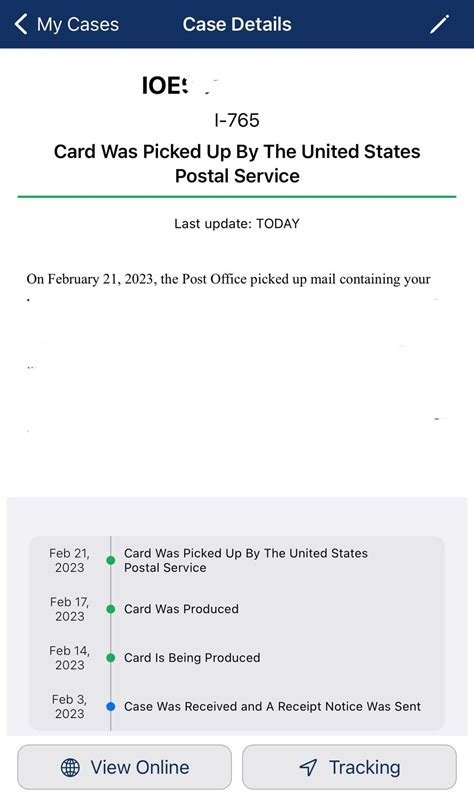Understanding the validation of the block in Ethereum: a guide
As the Anyumeum user knows, the block validation is a critical step in the network consensus algorithm, ensuring that transactions are safe and irreversible. However, many users may wonder how long it takes a new block to be validated by a miner before they are used by other connected knots.
The block validation process
To correct their assumption: Miners do not validate blocks immediately after receiving them from colleagues. Instead, they perform a process called “mining”, where they compete to solve complex mathematical problems that protect the network and check transactions.
Here is a step by step break or how block validation works:
- Block Creation
: A new block is created by a miner, containing a list of unconfirmed transactions.
2.
- Transaction Classification : The miner classifies transactions in the block based on its urgency (eg high priority transactions have precedence over others).
- Block Merkle hashing : The miner generates a cryptographic hash of classified transactions, known as block merkle hash.
- Work Proof Verification (Pow) : Miners compete to find a block with a hash that meets certain criteria, usually related to Merkle hash and other puzzle components. This process is called work proof (pow).
- Block Confirmation : After a miner finds a valid power block, they transmit it to the network and await confirmation from other knots.
- Confirmation Process : Other knots find that transactions in the new block are correct and follow the rules of the Ethereum network.
How long does it take the block validation?
The time it takes to the validation of the block depends on several factors:
* Network congestion : When several miners are competing for blocks of prisoners of war, it can lead to slower validation times.
Block size : Larger blocks require more computational energy and can take more time to validate.
* Power Miner

: The number of miners participating in the network also affects the validation process.
On average, block validation can take 10 minutes to several hours. However, this may vary significantly in the specific conditions.
Conclusion
In short, blocking validation, a complex process that requires computational energy and mathematical experience is. Miners compete to resolve a breach of war prisoners, who can lead to slower validation times. Although it is not possible for miners to validate blocks immediately, they work together to protect the network and ensure the integrity of transactions. Understanding how Ethereum works, you will be better equipped to navigate the decentralized finance world (Defi) and other blockchain -based applications.

